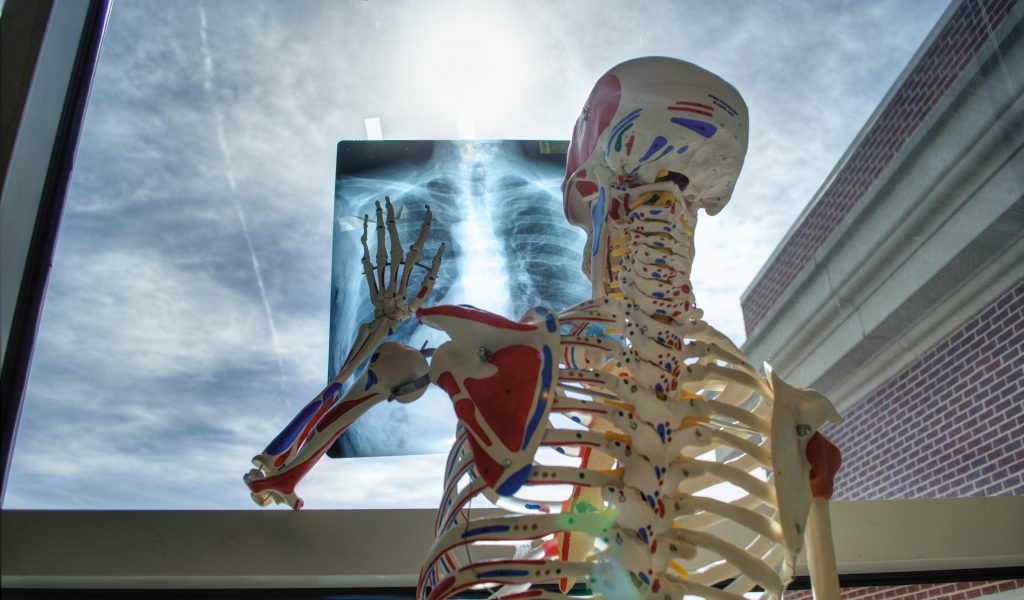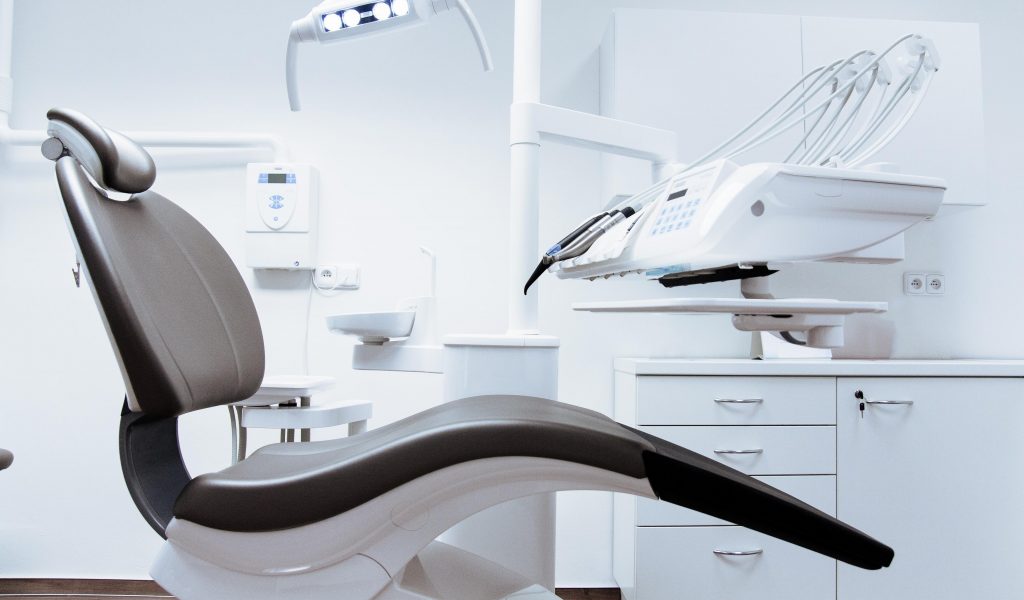Health and safety are taken very seriously, even in small doctor’s offices. Use this OSHA checklist for a medical office to make sure your employees know the regulations—and their rights.
Those who work in the healthcare industry are already accustomed to OSHA standards. However, if you’re new to the medical cleaning industry, whether as an owner or an employee, you may find that there’s a lot more information to keep in mind on the job. With so many rules and regulations, we find it helpful to reference an OSHA checklist for a medical office to learn and retain the guidelines that must be followed at all times.

Things to remember
All of the standards on our OSHA checklist for a medical office are available directly from OSHA by visiting their website or contacting them by phone. Additionally, if you belong to a cleaning association or other professional networks, you may be able to receive OSHA updates from their regular publications.
None of the standards below are outlined in full. This is a checklist and an overview, not a comprehensive manual. Again, for complete literature, contact your employer or OSHA.
Make checklists and track your progress with Janitorial Manager. Schedule a free demo right now to find out more!

OSHA checklist for a medical office
1. Bloodborne pathogens standard
This guideline is designed to protect workers from coming into contact with bloodborne pathogens. It provides a written standard on things like exposure control, universal precautions, guidance on handling sharps, and what to do in case of exposure. This standard can be obtained in full from OSHA.
2. Hazard communication standard
The second item on this OSHA checklist is exactly what it sounds like. This standard gives guidance on how an employer should properly communicate about workplace hazards to his or her staff. Hazards include anything from structural dangers to chemicals and exposure to contaminated equipment/material. Like the bloodborne pathogens standard, this must be communicated to all employees working in a medical office, including a third-party cleaning staff.
3. Ionizing radiation standard
Guidelines from this standard refer to protocol around x-ray and diagnostic imaging equipment. Under the standard, employees must be informed when such equipment is present, what the equipment is, where restricted areas exist, and how to stay safe if an employee must enter one of those restricted areas. These guidelines also include requirements for labeling machinery and equipment.
4. Exit routes standards
You’ve probably seen part of this one if you’ve ever been in a medical office. The exit routes standard provides guidance on how to inform employees of protocol for emergency exits. Medical facilities must have exit routes large enough to accommodate the number of people inside the building, and there must be diagrams of evacuation routes posted in plain sight.
5. Electrical standards
Requirements for electrical standards include electrical equipment and wiring, especially in hazardous locations. If the medical facility uses any flammable gases, these guidelines outline special wiring or equipment you may need to install. This one is tricky for medical office cleaners because there isn’t much you can do to enforce the standards since the medical office controls them. However, it’s a good idea to educate employees on these standards so they can inform you and the office if they come across any violations.
Keep track of all your cleaning jobs with Janitorial Manager. Schedule a free demo right now to find out more!
6. OSHA poster
This is another OSHA checklist for a medical office that you might be familiar with. The OSHA poster (or state plan equivalent) outlines your rights and how to report any violations. The poster must be in plain sight, like in a break room or on a community bulletin board, so this one should be easy to spot.
7. Annual bloodborne pathogen training
In addition to the bloodborne pathogen standard, employees and contractors who work in a medical office must undergo annual training on bloodborne pathogen protocol. The employer must provide and pay for the training.
8. Reporting injuries and illnesses
Though there is no federal standard for this (for medical offices), some state standards may exist. In addition to checking for those, it’s also important to keep in mind that if there is a work-related fatality, or if three or more hospitalizations arise out of a single incident on the job, those things must be reported to the nearest OSHA office.
9. Stay updated
It is the job of both the employer and the employee to stay updated on OSHA regulations, as they do change periodically. Employers must provide the updates, though failure to do so does not necessarily exclude an employee from having to know the law.
10. Random inspections
Finally, be ready for random inspections. OSHA is allowed to show up at any facility unannounced, which can create headaches and more if your facility or employees aren’t in compliance. Medical offices are some of the most frequent stops on these random visits, so it behooves your team to check-in at least once a week to make sure they’re in compliance.

